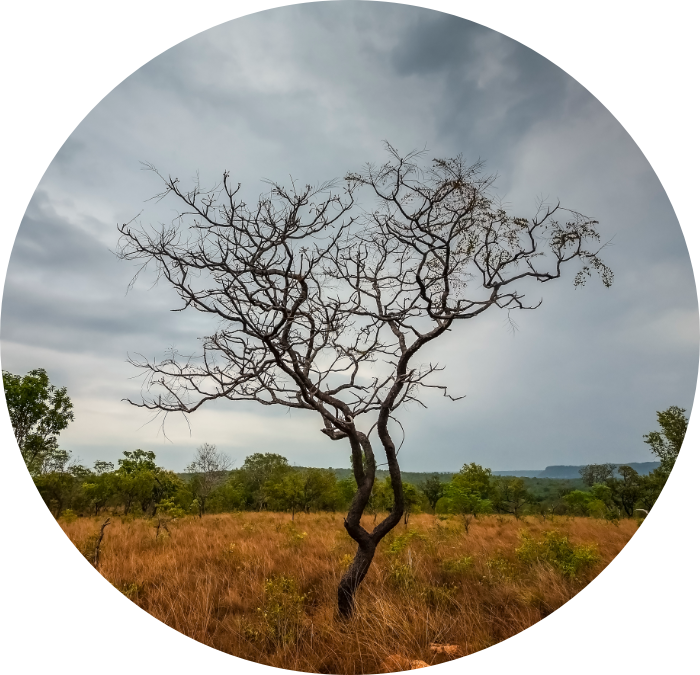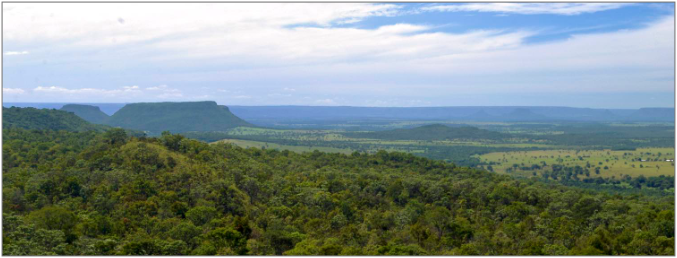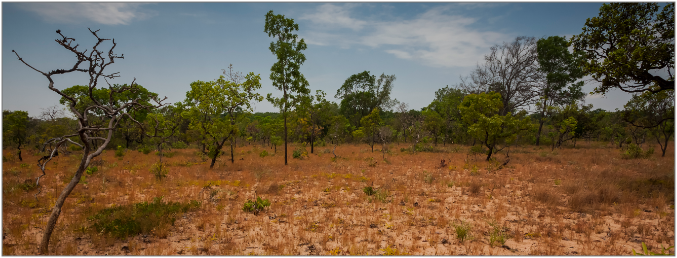
DRY DIAGONAL
DIMENSIONS PROJECT
In the Dry Diagonal Dimensions Project, we address a central question in evolutionary biology: How does adaptation across environmental space contribute to phenotypic, genomic, and phylogenetic diversification among species? Our focus is the biodiversity of the large, poorly studied, yet highly threatened biomes comprising the Brazilian “Dry Diagonal” (BDD), specifically the Cerrado and Caatinga, which harbor many endemic species and have likely driven genetic and phenotypic adaptation and diversification across unrelated taxonomic groups.
DRY DIAGONAL
DIMENSIONS PROJECT
In the Dry Diagonal Dimensions Project, we address a central question in evolutionary biology: How does adaptation across environmental space contribute to phenotypic, genomic, and phylogenetic diversification among species? Our focus is the biodiversity of the large, poorly studied, yet highly threatened biomes comprising the Brazilian “Dry Diagonal” (BDD), specifically the Cerrado and Caatinga, which harbor many endemic species and have likely driven genetic and phenotypic adaptation and diversification across unrelated taxonomic groups.

DRY DIAGONAL
DIMENSIONS PROJECT
In the Dry Diagonal Dimensions Project, we address a central question in evolutionary biology: How does adaptation across environmental space contribute to phenotypic, genomic, and phylogenetic diversification among species? Our focus is the biodiversity of the large, poorly studied, yet highly threatened biomes comprising the Brazilian “Dry Diagonal” (BDD), specifically the Cerrado and Caatinga, which harbor many endemic species and have likely driven genetic and phenotypic adaptation and diversification across unrelated taxonomic groups.




ABOUT DIMENSIONS

Despite centuries of discovery, most of our planet’s biodiversity remains unknown. The scale of Earth’s unknown diversity is especially troubling given the rapid and permanent loss of biodiversity across the globe. The Dimensions of Biodiversity program is a support for projects supported by international partnerships of the US National Science Foundation with the São Paulo Research Foundation (FAPESP) of Brazil. The goal of the Dimensions of Biodiversity campaign is to transform how we describe and understand the scope and role of life on Earth.
DRY DIAGONAL

At ~2.9 million km2 the BDD comprises over 2/3 of the Dry Diagonal as a whole. For plants it is considered a biodiversity hotspot, with 44% of the plant species endemic to the region. Due to mild topography and ease of conversion to agriculture, the Caatinga and Cerrado are more endangered than adjacent mesic forest biomes in South America, with only 20% of the original extent of Cerrado remaining. Yet these habitats comprise an ancient biome that is essential for understanding the origins of biodiversity in Brazil and in South America more generally






